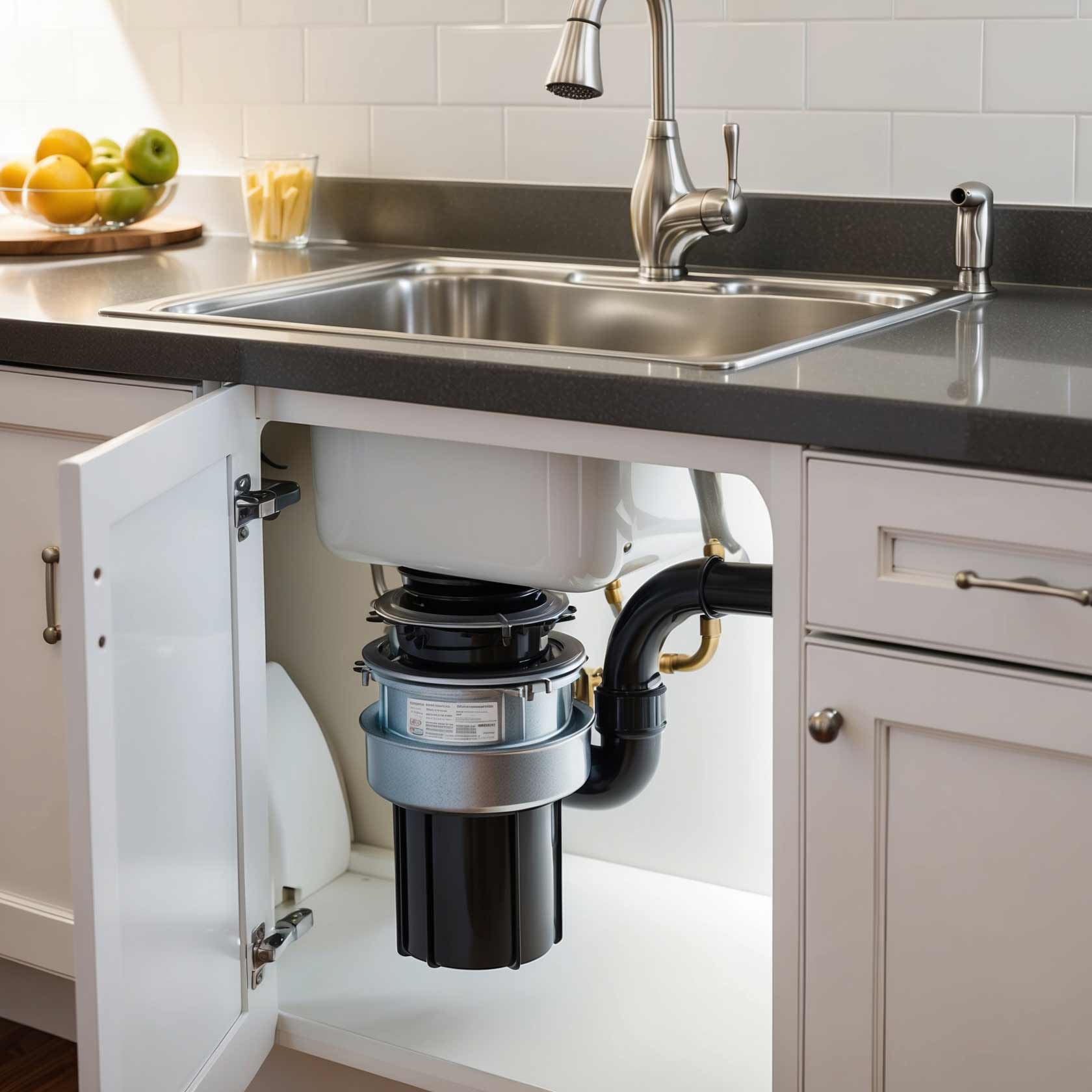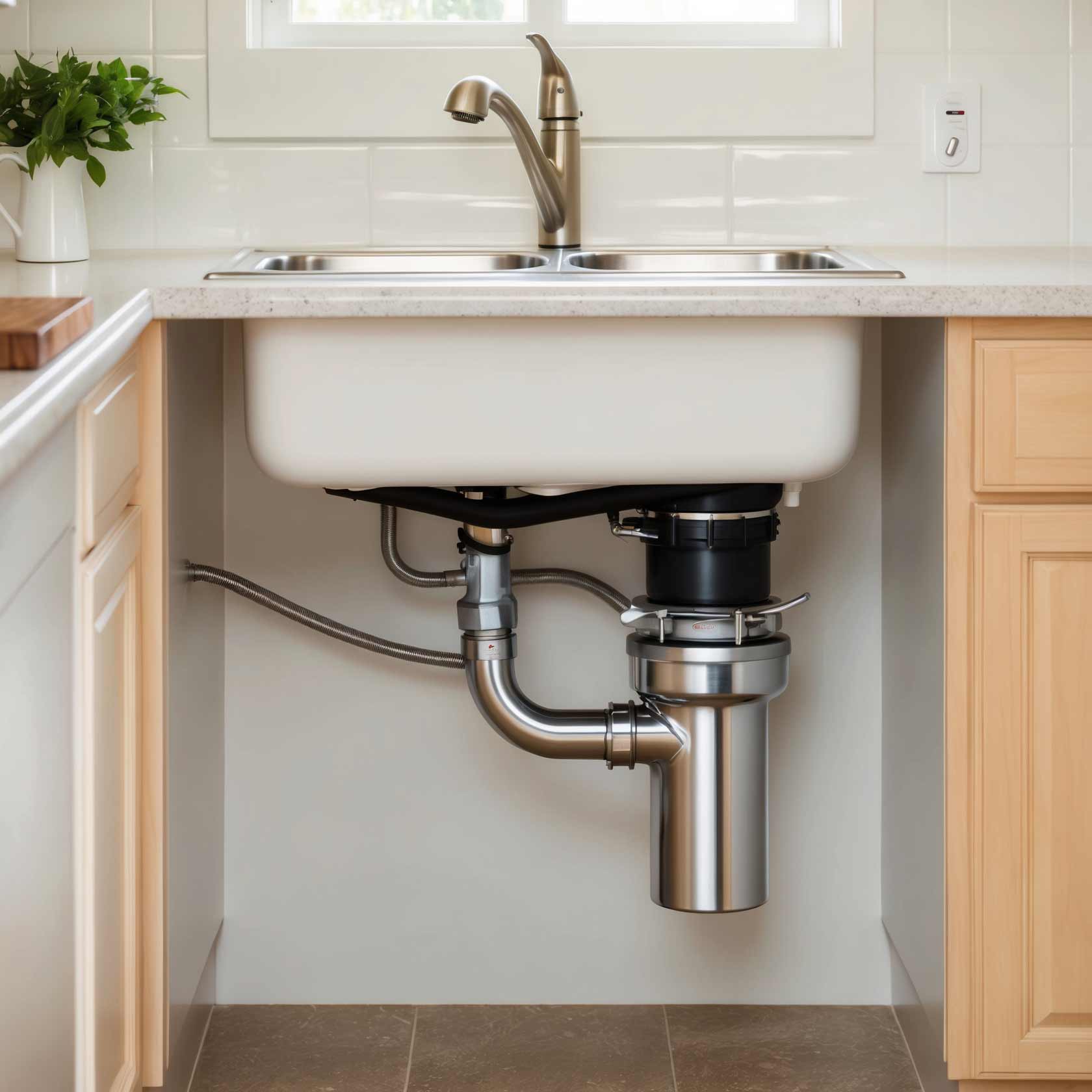Expert Advice from Pembroke Pines Plumbers: Everything You Need to Know About Garbage Disposals
Garbage disposals are a kitchen essential for many homeowners. They make it easy to get rid of food waste, keeping your kitchen clean and sanitary. But, like any appliance, they can sometimes break down or malfunction. In this article, we'll explore everything you need to know about garbage disposals, featuring expert advice from Pembroke Pines plumbers who know the ins and outs of these handy devices.
What is a Garbage Disposal?
A garbage disposal is an electrically powered appliance installed under the kitchen sink. It shreds food waste into tiny pieces, allowing it to be washed away through the plumbing system. This not only helps in managing kitchen waste but also reduces odors and keeps your environment cleaner.

How Do Garbage Disposals Work?
At the core of a garbage disposal are sharp blades that grind food waste into small particles. When you turn on the unit, these blades spin rapidly, breaking down the waste into fine bits that can easily flow through your plumbing system. The unit typically includes a motor, grinding chamber, and a drain connected to your sink’s plumbing.
Why Consider Installing a Garbage Disposal?
Installing a garbage disposal can enhance your kitchen experience in several ways:
- Convenience: Food scraps can be disposed of quickly without needing to take out the trash.
- Odor Reduction: By grinding up waste immediately, you minimize foul smells from decomposing food.
- Hygiene: Keeping food waste out of trash bins reduces pests and bacteria in your home.
Expert Advice from Pembroke Pines Plumbers: Everything You Need to Know About Garbage Disposals
When it comes to managing kitchen waste efficiently, understanding garbage disposals is crucial. Here’s some expert advice straight from Pembroke Pines plumbers:
Types of Garbage Disposals
Garbage disposals come in various types:
Continuous Feed vs Batch Feed
- Continuous Feed: This type allows you to add food while it's running, making it more convenient for larger meals.
- Batch Feed: You load food into the unit and close a lid before turning it on; this type is generally safer but less convenient.
Standard vs Heavy-Duty Models
- Standard Models: Suitable for average households with typical food waste.
- Heavy-Duty Models: Designed for large families or avid cooks who generate more waste.
Installation Process of Garbage Disposals
Step-by-Step Guide for DIY Installation
If you're feeling handy and want to tackle installation yourself, follow these steps:
- Screwdriver
- Plumber's putty
- Safety goggles
- Turn off power at the circuit breaker.
- Disconnect any existing units safely.
- Follow manufacturer instructions carefully.
- Ensure a tight fit with no leaks using plumber’s putty.
- Hook up the drain pipe correctly to avoid clogs.
- Restore power and run water through it while testing functionality.
Should You Hire Professional Garbage Disposal Plumbers?
While DIY installation might sound enticing, hiring professional garbage disposal plumbers could save you time and headaches down the road.
Common Issues with Garbage Disposals
Knowing what problems might arise can help you troubleshoot effectively:
Jammed Disposal
If your disposal won’t turn on or makes strange noises:
- Unplug it first!
- Use an Allen wrench to manually turn the blades from underneath.
Leaks Under Sink
A common issue that might indicate loose connections or worn seals:
- Check all connections tightly; if necessary, replace seals with new ones.
Maintenance Tips for Longevity
To keep your garbage disposal running smoothly:
FAQ Section
1. Can I put anything down my garbage disposal?
No! Avoid fibrous foods (like celery), hard items (like bones), Check over here grease, and non-food items which might cause jams or damage.
2. How often should I run my garbage disposal?
It's best to use your disposal regularly—daily if possible—to prevent odors and maintain functionality.
3. What should I do if my disposal stops working?
First, check if it's plugged in or if there's a tripped reset button usually located on the bottom of the unit.
4. Is there anything safe for cleaning my garbage disposal?
Yes! Run ice cubes through with rock salt or lemon peels to keep things fresh!
5. Can I install a garbage disposal myself?
You can try! However, hiring experienced plumbing professionals may save you time and ensure proper installation without future issues.

6. How much does it cost to install a garbage disposal?
Installation costs vary based on model choice and labor rates but typically range from $100-$300 including parts and services.
Conclusion
In conclusion, understanding how garbage disposals work—and how to maintain them—can significantly boost your kitchen efficiency while keeping things tidy and odor-free! Remember that whether you're considering installation or troubleshooting issues down the line, expert advice from Pembroke Pines plumbers will guide you every step of the way in making informed decisions regarding your appliance needs.
By following this comprehensive guide on "Expert Advice from Pembroke Pines Plumbers: Everything You Need to Know About Garbage Disposals," you'll be well-equipped to manage one of your kitchen's most valuable tools effectively! Feel free to reach out anytime you have questions—after all, we’re here to help!